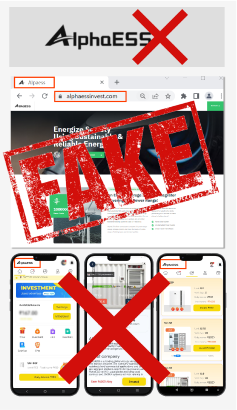The Ultimate Guide to Battery Energy Storage Systems (BESS)
2024-09-20
Battery Energy Storage Systems (BESS) are pivotal technologies for sustainable and efficient energy solutions. This article provides a comprehensive exploration of BESS, covering fundamentals, operational mechanisms, benefits, limitations, economic considerations, and applications in residential, commercial and industrial (C&I), and utility-scale scenarios. Whether you're an energy enthusiast or a key player in renewable energy transitions, this article aims to equip you with a deep understanding of BESS and its critical role in energy storage evolution.
What Is BESS?
BESS is advanced technology enabling the storage of electrical energy, typically from renewable sources like solar or wind. It ensures consistent power availability amidst unpredictable energy supply due to factors such as weather changes and power outages. BESS integrates seamlessly with renewables, enhancing their reliability and mitigating supply variations to maintain steady power supply and grid stability.
How Does BESS Work?
BESS converts and stores electricity from renewables or during off-peak times when electricity is more economical. It releases stored energy during peak demand or when renewable sources are inactive (e.g., nighttime solar), using components like rechargeable batteries, inverters for energy conversion, and sophisticated control software. This technology reduces reliance on costly peak-power plants, lowers greenhouse gas emissions, and enhances grid stability.
Benefits and Limitations of BESS
Benefits
1. Renewable Energy Integration
BESS stores surplus energy generated from renewable energy sources such as wind and solar. This stored energy can be released when demand exceeds production. This technology plays a crucial role in integrating renewable energy into our electricity grids by helping to address the inherent supply-demand imbalance of intermittent renewable sources.
2. Grid Stabilization
BESS contributes to grid stability by absorbing excess power when production is high and dispatching it when demand is high. This feature enables BESS to significantly reduce the occurrence of power blackouts and ensure a more consistent electricity supply, particularly during extreme weather conditions.
3. Reduced Emissions and Peak Shaving
BESS plays a crucial role in minimizing greenhouse gas emissions from peaker plants. These plants are known for their inefficiency and high emissions, as they primarily operate during peak demand times. However, through "peak shaving," BESS can store excess power when demand is low and release when demand is high. This reduces the dependence on peaker plants and helps significantly reduce greenhouse gas emissions.
4. Facilitation of Electrification and Provision of Backup Power
BESS accommodates the increased electricity demand driven by the transition from fossil fuels to electrification across various sectors. They are crucial in enhancing energy resilience by delivering reliable backup power during unexpected power outages.
5. Enhanced Energy Autonomy
BESS empowers homes and businesses equipped with solar energy systems to capture and store surplus energy. This capability reduces dependence on external power grids, enhancing local energy self-sufficiency.
Limitations
1. High Upfront Investment
Implementing BESS involves considerable initial expenses, making it a significant financial undertaking, especially for large-scale systems. Despite a noteworthy reduction in the cost per unit of stored electricity over time, the initial investment remains considerable, posing a financial challenge for many adopters.
2. Complex Management and Maintenance
BESS is equipped with advanced and intelligent control systems requiring specialized operation and maintenance expertise. Equipment, such as inverters, environmental controls, and safety components, including fire suppression systems, sensors, and alarms, further increase the complexity.
3. Limited Lifespan and Durability Concerns
Although certain battery types, such as lithium-ion, are renowned for their durability and efficiency, others, such as lead-acid batteries, have a reduced lifespan, especially when subjected to frequent deep cycling. This variability in endurance can pose challenges in terms of long-term reliability and performance in BESS.
4. Environmental and Health Risks
Certain BESS batteries may contain toxic or hazardous materials, posing significant environmental and health risks if not managed or disposed of correctly. This highlights the need for stringent disposal and recycling protocols to mitigate potential negative environmental and public health impacts.
5. Energy Conversion Losses
During the charge and discharge cycles of BESS, a portion of the energy is lost in the conversion from electrical to chemical energy and vice versa. These inherent energy conversion losses can reduce the overall efficiency of BESS, potentially limiting their effectiveness in certain applications.
Core Applications and Advantages of BESS
Here we use AlphaESS BESS as example: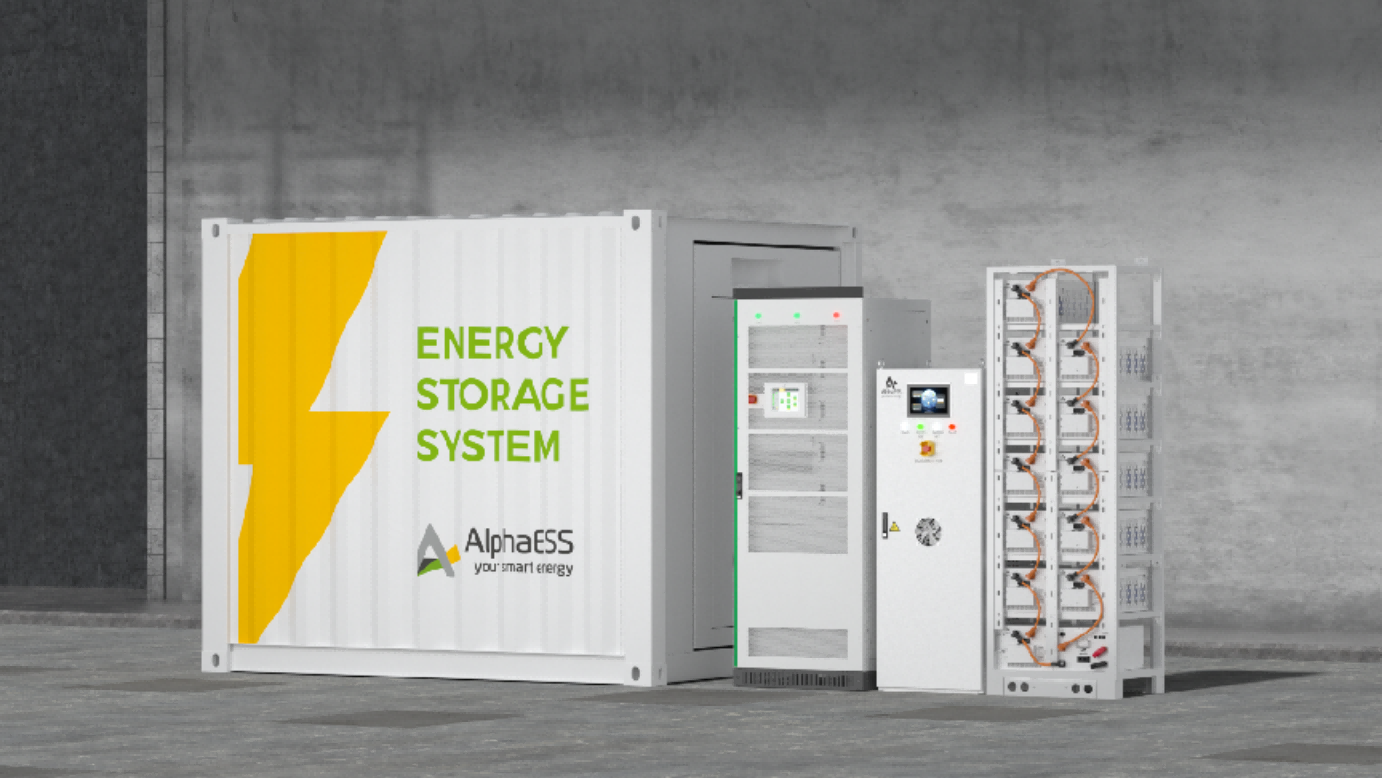
Peak shaving and load shifting
When the power on the grid meter shows more than the peak power or below the off-peak power which we set, the storage system will discharge or charge to hold the meter power below (Peak-Dealta) or higher than (Off-Peak-Delta). When peak shaving and load shifting are not triggered, the system output input is 0kW.
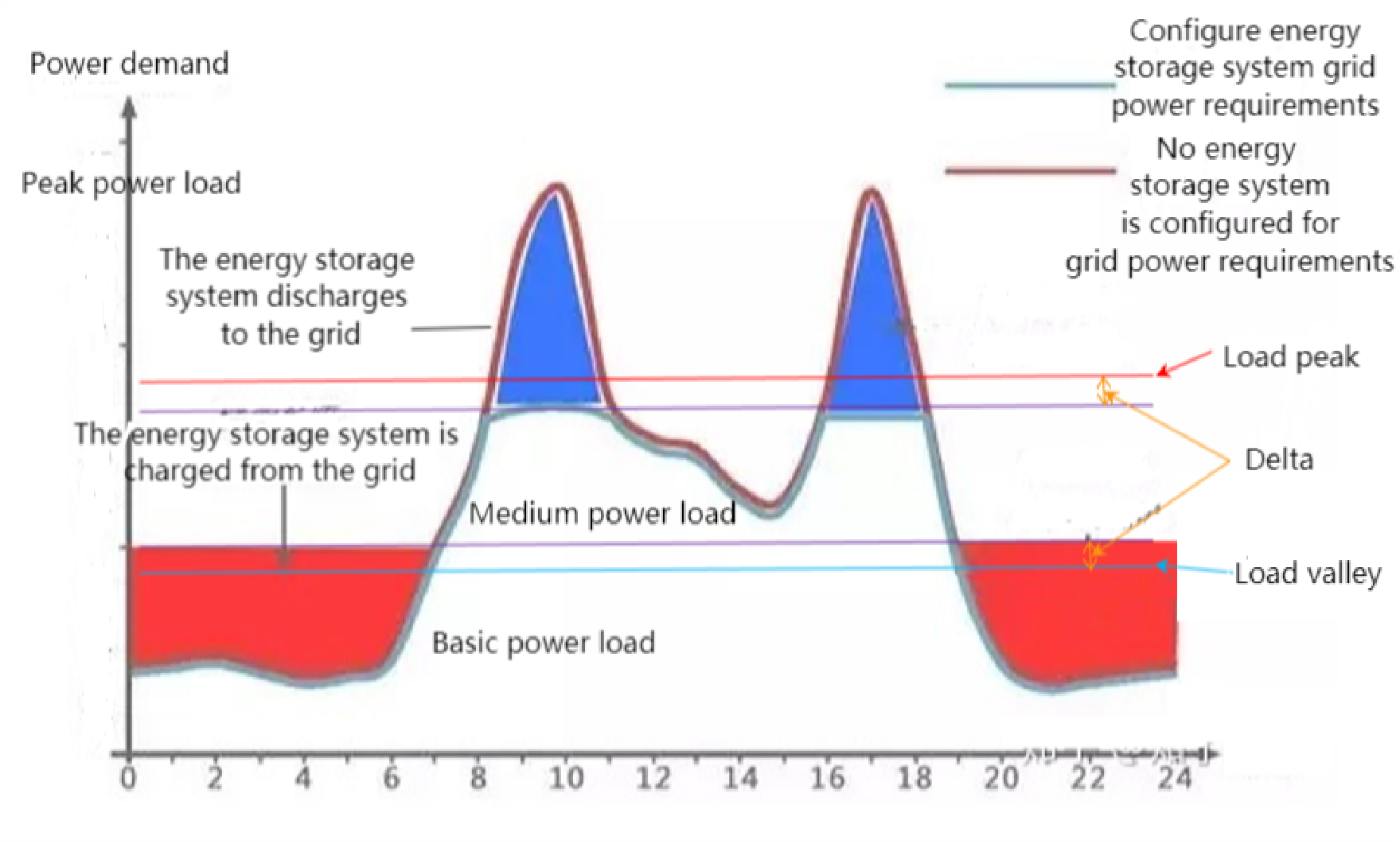
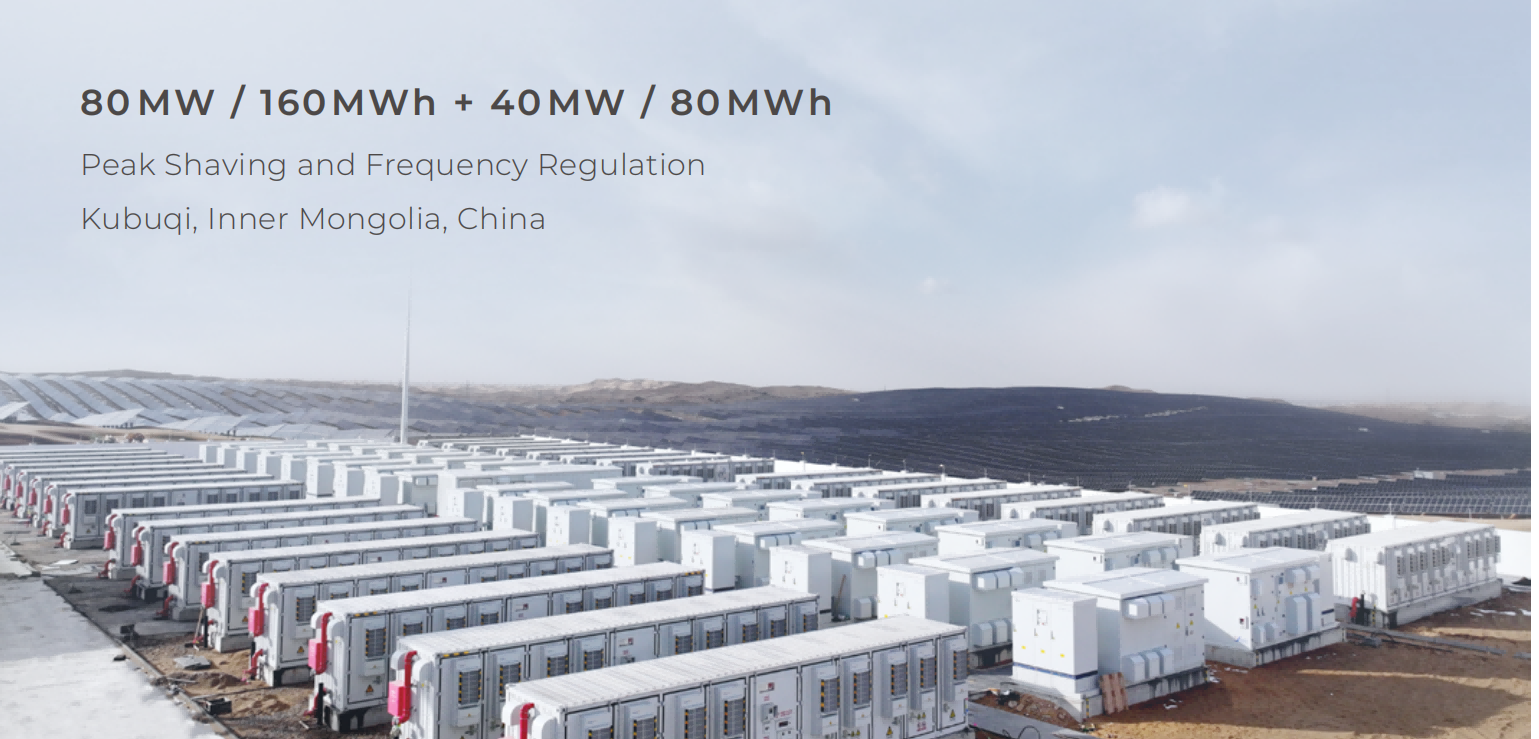
(AlphaESS Battery Conbinets Installation Case)
Operational Flexibility: BESS enables enterprises to adjust their electricity demand from the grid during crucial periods without changing their overall energy consumption. This adaptability facilitates participation in Demand Response initiatives.
Microgrid Support: Vital for the functionality of microgrids, BESS provides the necessary energy storage capacity to maintain operations independently from the main grid.
Renewable Energy Integration: By storing excess energy when renewable sources like solar and wind are abundant and releasing it when production reduces, BESS enhances the reliability and stability of green energy initiatives.
Time period charge and discharge
It supports customers in setting time periods for system charging or discharging. Customers can set an upper limit for charging and discharging power. During the charging period, the system prioritizes charging the battery first from PV, then from the power grid until the cut-off SOC is reached. After reaching the cut-off SOC, the battery will not discharge, and the photovoltaic output will also be normal.
During the discharge period, the battery is used for self-consumption. Outside the discharge period, the battery will not discharge, and the photovoltaic output will remain normal.
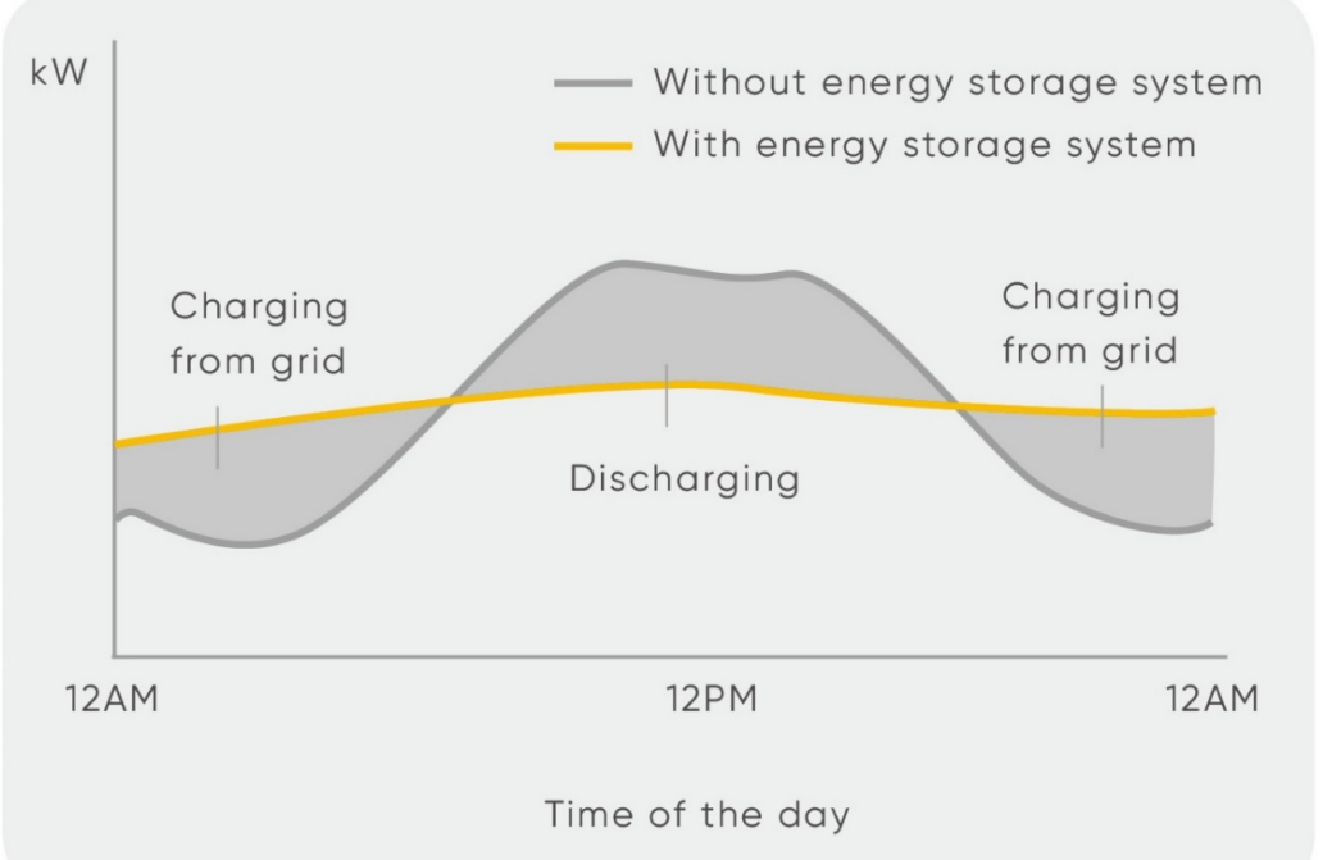
Conclusion
BESS embodies a groundbreaking technology that combines innovation, efficiency, and environmental stewardship. Gaining a thorough understanding of their operation, along with evaluating their advantages and financial impacts, highlights the crucial role BESS plays in shaping a sustainable energy future. As the use of these systems grows, they promise to transform our methods of energy consumption and storage, leading to broad access to clean, dependable, and affordable power solutions.



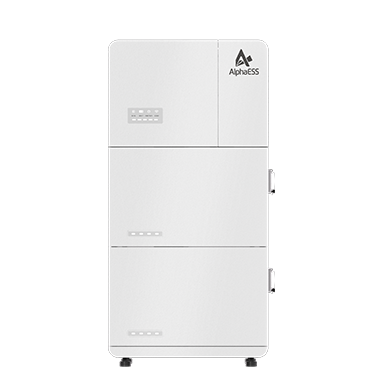
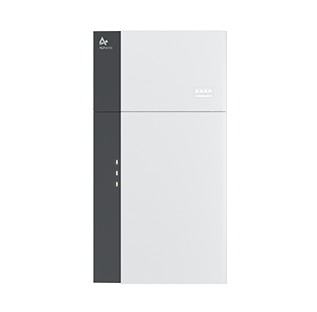
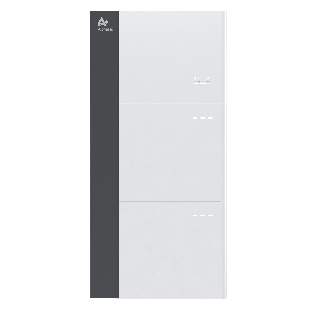
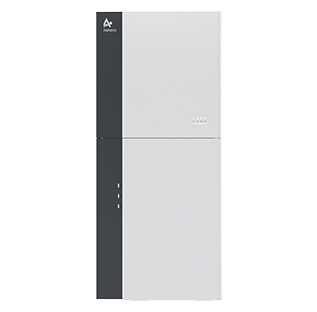
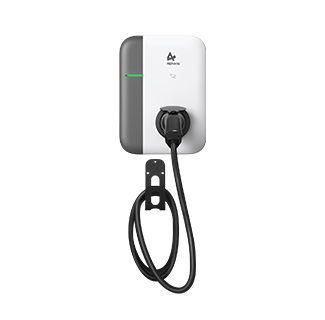

.png)
(3).png)
(2).png)
(545x562xiangsu)(2).png)

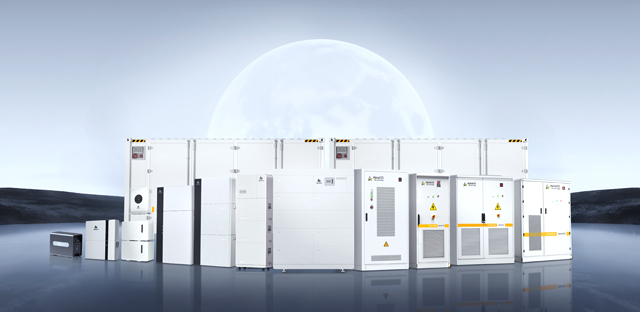

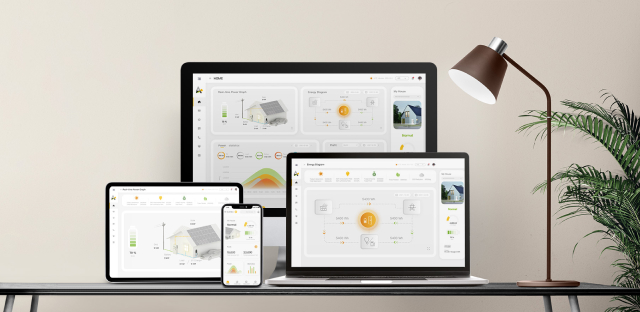
.svg)





















